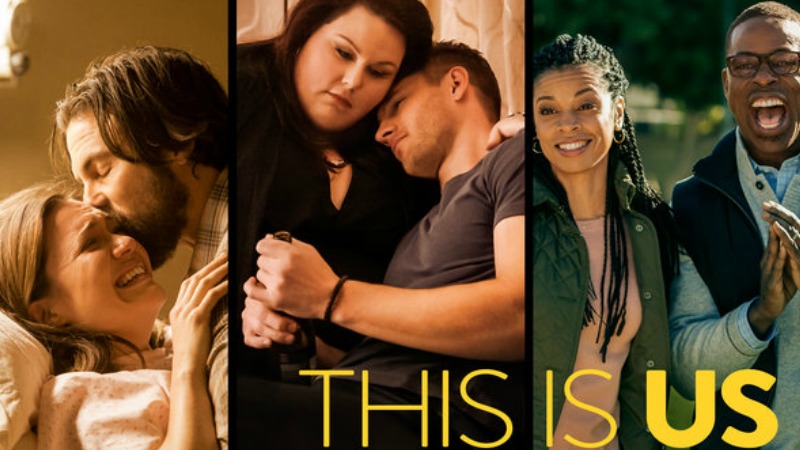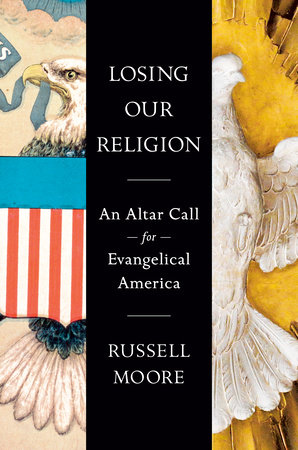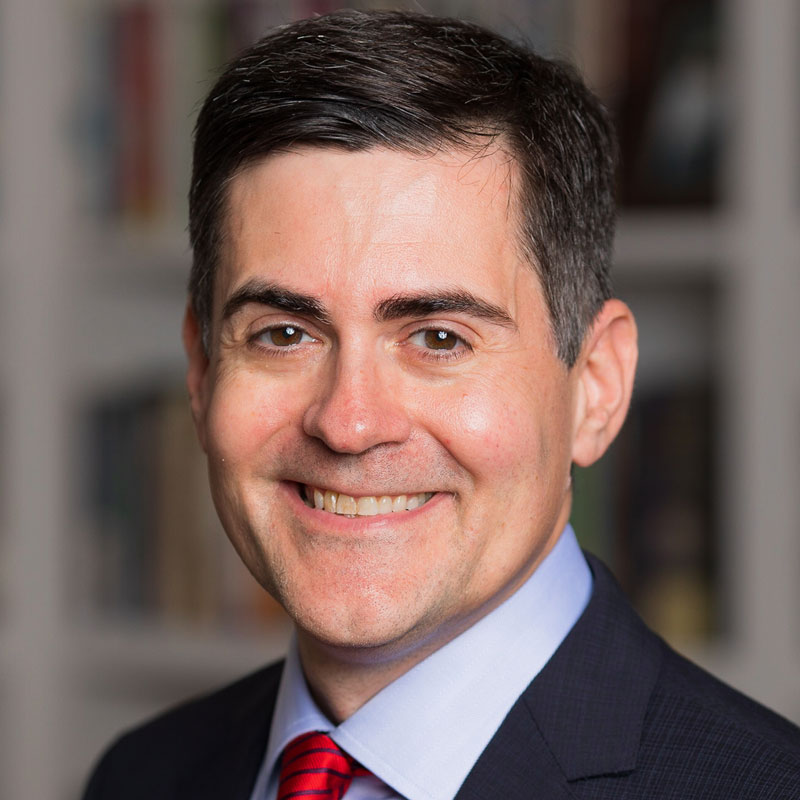This week the United States Congress debated whether or not doctors should be allowed to kill a living infant by crushing his head. At the same time, courts in Florida debated whether doctors should be allowed to starve a disabled woman to death. In these headlines, we see some legislative and judicial victories.
But we should also recognize that we are looking at the real religious alternative to historic Christianity in this ear. It’s not radical Islam. And it’s not even sanitized secularism. It’s the Grim Reaper. It’s Death itself.
The well-crafted speeches in defense of partial-birth abortion and the judicial briefs in favor of removing the feeding tubes from Terry Schiavo really rest on the exact same argument—death is just a natural part of life. So if one cannot bear the burden of an unwanted child—or an unwanted wife—you can just ease the transition from consciousness to annihilation. That’s not just a political position. It is a religion.
The First Church of the Grim Reaper even has its own duly ordained Bishop. John Shelby Spong, the heretical retired Episcopal bishop of Newark, has argued that conservative Christian opposition to things like assisted suicide are rooted in a deficient theology of death.
“Just as we have come to believe that St. Paul was wrong in his attitude toward women and homosexuality, we must now see that he was also wrong when he viewed death as an enemy, even the ‘last enemy’ that had to be destroyed,” Spong writes. “When Paul wrote those words, he was under the influence of the ancient biblical myth of creation.”
Spong is right about one thing—a Christian attitude toward death is shaped by a view of creation. When the apostle Paul spoke of death as an enemy, he did so because he recognized that every funeral wreath echoes an ancient curse, “In the day you eat of it you shall surely die” (Gen 2:17). When Jesus wept openly at the death of Lazarus, he did so because death is not natural at all. It represents the enemy occupation of the cosmos, as the god of this age holds captive an entire race through guilt, condemnation, and the ravages of death.
But American culture is increasingly schizophrenic about death. On the one hand, the culture treats death as just another medical treatment—embracing abortion, infanticide, suicide, and the euthanasia of the elderly and the sick. On the other hand, American culture is panicked by the thought of death. We idolize youth and beauty, injecting our wrinkles with Botox and sucking away our midlife pounds with liposuction. Americans act like ancient pagans, offering sacrifices to a capricious god in the hopes that he will leave them alone. But, deep in their consciences, Americans know this god will eventually come for them. They are afraid.
As we seek to advocate for the unborn and the disabled, we must remember that the root issue here is not ideological or political. It is far more ancient than that. The issue really isn’t about scientific disputes as to whether or not the fetus is biologically human, or what kind of brain wave activity constitutes life. We all know the answers to these questions. The real issue is what the Wisdom of God tells us—“all who hate me love death” (Proverbs 8:36). That means abortion and euthanasia are not just liberal, and they are not just mean. They are part of an ongoing guerilla insurgency against the image of the Creator Himself.
The cult of death means that Christians need to think through what it means to follow a resurrected Messiah. The Book of Hebrews points to the core of the gospel in the notion that the very Word of God took on our humanity so that “through the power of death he might destroy the one who has the power of death, that is, the devil, and deliver all those who through fear of death were subject to lifelong slavery” (Heb 2:15-15). This means we need to= stop trying to domesticate death, and to view it the way Jesus himself does—as an enemy to be destroyed.
We need to learn to hate death.
That will take a worldview shift for some of us. We sing songs about death as “one glad morning” and speak of a funeral as a happy “graduation day” for the believer. We know that Scripture says “to die is gain” but we forget that it also says that “to live is Christ” (Phil 1:21). Our hope is not in death itself, but in the pioneer who has passed through the jaws of death—and will raise us with him never again to die.
A recent cartoon in the New Yorker magazine features the Grim Reaper at home after a long day’s work, locking a series of security locks on his front door. The humor was that death itself might have something to fear. That’s not just a joke. It is the creed of the new paganism. As Christians we need to remind ourselves—and the watching world—that death claimed the cold corpse of an executed Jewish rabbi a couple of thousand years ago. We need to remind those who align themselves with the god of death that this dead rabbi’s heart started beating again one Sunday morning. When his blood-matted eyes opened in the darkness of that tomb, death was swallowed up in victory. He is at the door. And there aren’t enough deadbolts in the cosmos to keep him back.
Unlike the rest of the culture, believers don’t cower in the face of death—and we don’t take it lightly either. We take refuge in the One who called Himself “the resurrection and the life” (John 11:24). We don’t whistle past the graveyard of our impending mortality. We look the Grim Reaper square in the eyes and—maybe with a lump in our throat—we ask him a question he first heard on a Sunday morning in a garden in Palestine:
“And where now is your sting?”






